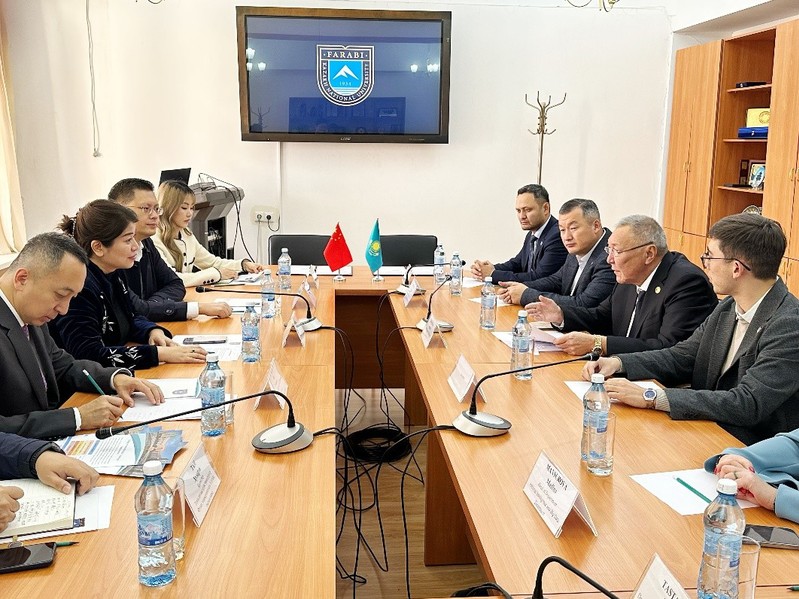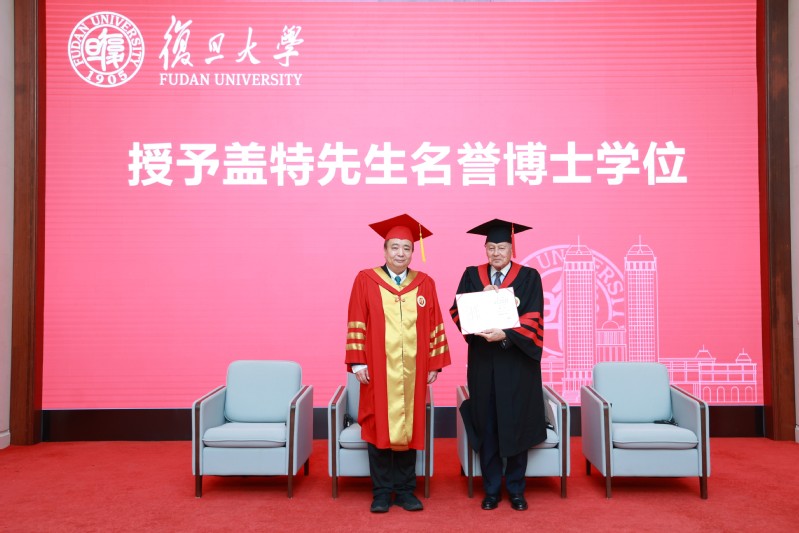Cancer treatment has long been synonymous with chemotherapy, a method that can prolong life but often at the cost of severe side effects. However, a new era of cancer therapy that harnesses the power of the immune system to not just treat but potentially cure certain cancers is on the horizon.
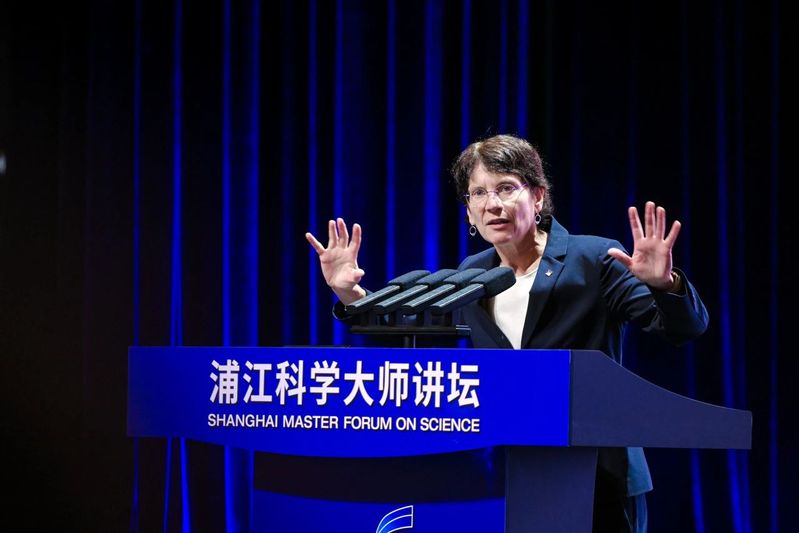
Professor Carolyn Ruth Bertozzi, winner of the 2022 Nobel Prize in Chemistry, revealed during her speech at the 12th Shanghai Master Forum on Science, held at Fudan University on August 25, that immunotherapy had already cured some cancer patients. She described this milestone as the “penicillin moment” for cancer. She announced that, in collaboration with Henlius, the first human clinical trial of her team’s therapy will launch next year.
Visiting Shanghai for the first time, Bertozzi spoke with palpable excitement about her pioneering work in bioorthogonal chemistry—a field she founded—which has unlocked major breakthroughs in labeling sugar molecules on living cells. This technology enables targeted imaging and precise drug delivery to cancer cells, directly advancing cancer immunotherapy and offering new hope for patients.
Cracking the Sugar Code: A New Direction in Cancer Treatment
Bertozzi traced her inspiration back to 1986, when as an undergraduate at Harvard, she learned that “all cells are coated with sugars.” Dissatisfied with simplistic analogy that compared the sugar coat to the shell of a chocolate candy, she pursued the deeper biological information encoded in sugar chains.
She explained that these sugar chains function as a cellular language. For example, variations in sugar structures on blood cells determine blood types (A, B, O, AB), making blood transfusions possible.
Her team later discovered that sugar molecules on cell surfaces change in cancer patients—specifically, elevated sialic acidlevels bind to Siglec receptors on immune cells, acting as an “off switch” that prevents immune cells from recognizing and attacking cancer cells.
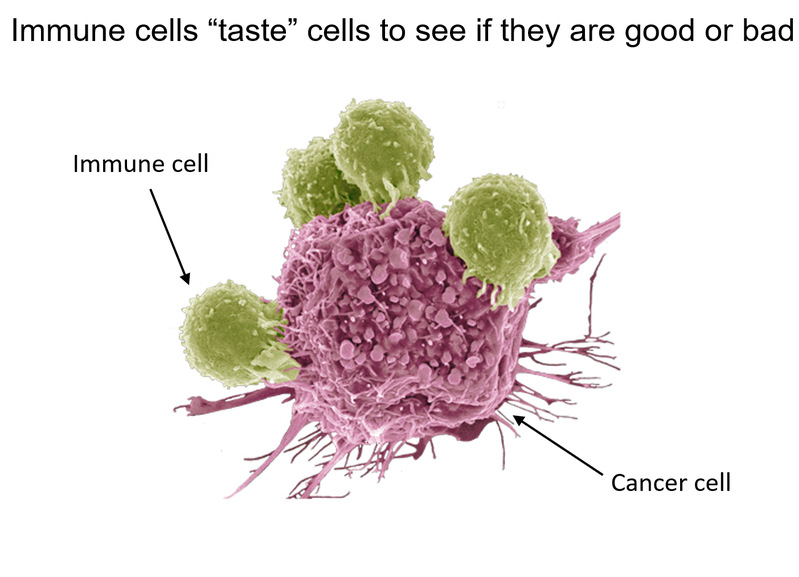
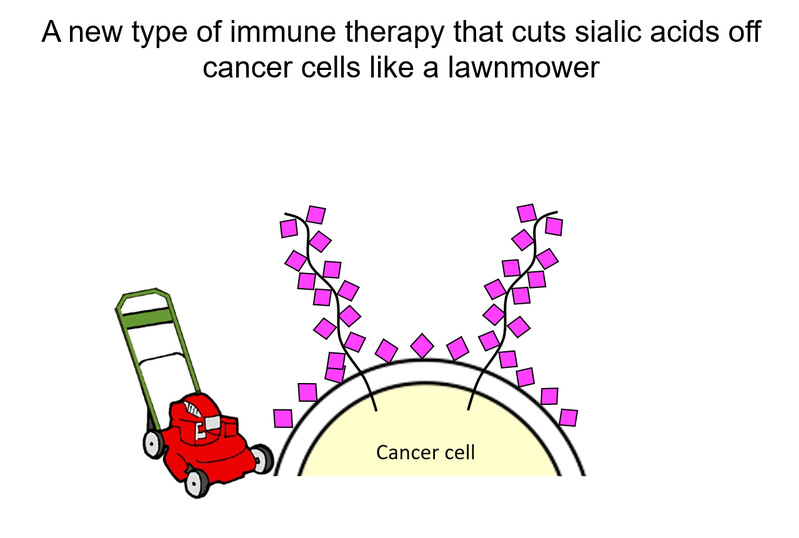
To strip away this sugary disguise, Bertozzi’s team developed an antibody-drug that acts like a lawnmower, cleaving sialic acids from cancer cells and exposing them to immune destruction.
Key to this breakthrough was bioorthogonal chemistry—a concept Bertozzi introduced in 2003—which enables precise chemical reactions to occur inside living systems without interfering with natural biological processes. Using copper-free click chemistry, her team conjugated the antibody trastuzumab with bacterial sialidase to create T-Sia, a molecule that target cancer cells and remove their sialic acid cloak.
The therapy, code-named EAGLE for its eagle-like molecular shape, had shown promise in animal models and non-human primates. Through Palleon, a company co-founded by Bertozzi, and in partnership with Henlius, the first human clinical trials were expected to begin next year.
Bertozzi also noted that cancers with high mutation rates, such as melanoma and lung cancer, respond far better to immunotherapy than those with lower mutation rates, such as ovarian or breast cancer. While current treatments can extend life, she emphasized that the ultimate goal is cure, and that her team is steadily moving toward that vision.
Championing Open Science and Diversity
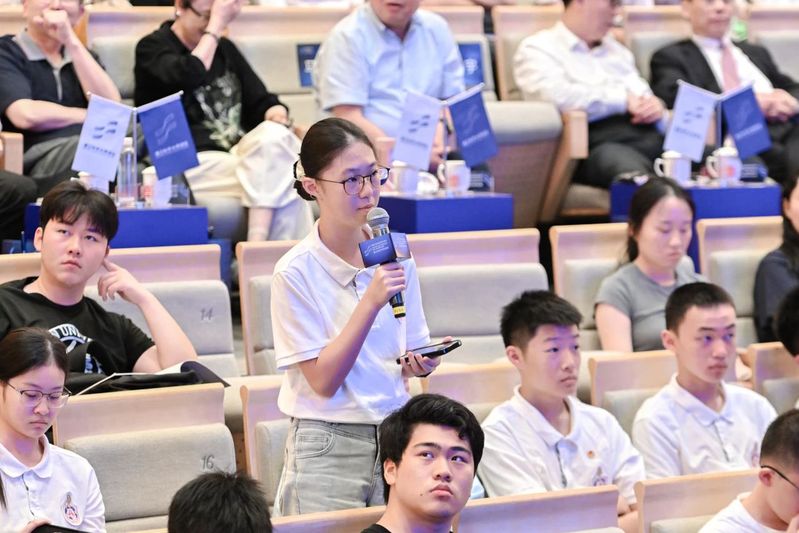
Bertozzi emphasized the importance of openness and interdisciplinary collaboration in science. In 2015, she co-founded ACS Central Science, an open-access journal that is free for both readers and authors, breaking down financial barriers to scientific knowledge.
She stated that she intentionally sought diversity in her lab, noting “I don’t want all her PhD students to come from the same institution. Different perspectives lead to better science”. Her lab bringing together researchers spanning chemistry, biology, physics, mass spectrometry, and computer science.
She shared an example of a student from Burundi who had influenced her tuberculosis diagnostic project by pointing out the social stigma around testing in high-prevalence areas—an insight she would have missed without diverse team members.
From a Student who Hated Chemistry to a Winner of Nobel Prize in Chemistry
In a heartfelt response to a high school student in the audience who found chemistry dull, Bertozzi admitted that she herself had disliked chemistry in high school. It was not until college organic chemistry that she fell in love with it. She compared foundational learning to athletic training, noting that one had to build the muscles before playing the game.
She also shared her personal journey as a woman in science, crediting her father, an MIT physics professor, for encouraging her and her sisters to pursue science despite societal stereotypes. She asserted that excluding women from science would mean shutting off 50% of human brainpower.
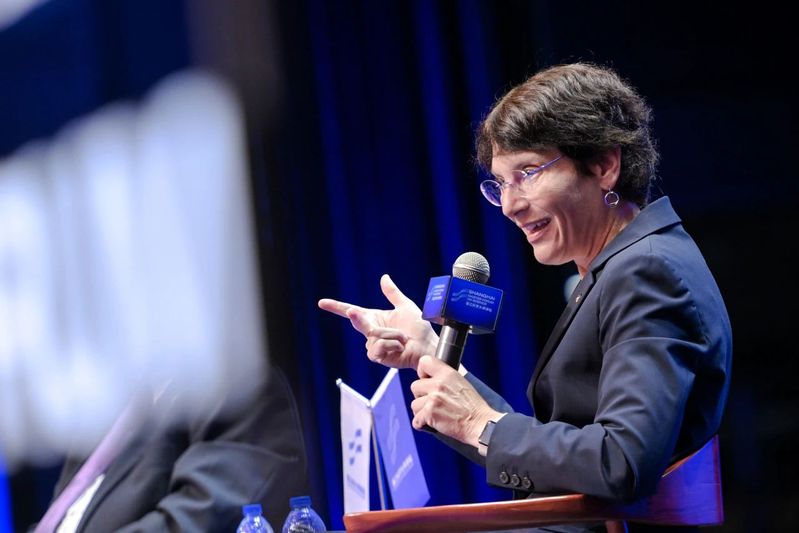
Outside the lab, Bertozzi is a passionate musician. As an undergraduate, she played keyboard in a metal band called “Bored of Education” alongside future Rage Against the Machine guitarist Tom Morello. Today, she plays bass in a band of scientist-musicians called “Almost Pretty”.
She remarked that playing in a band is much like doing science: you had to listen, collaborate, and create something greater than the sum of its parts.
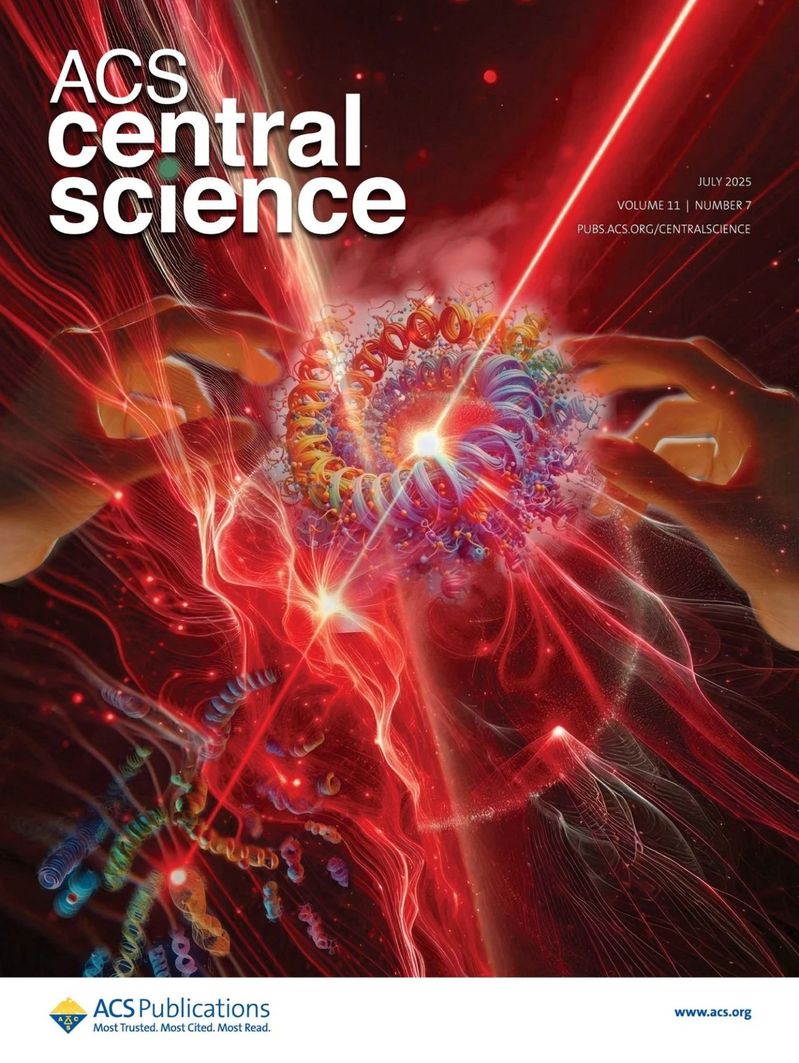
Bertozzi expressed enthusiasm for future collaborations with Chinese scientists, including Professor ZHAO Dongyuan of Fudan University, who serves on the editorial board of ACS Central Science. She said that science was global, and China is a leader in science and technology, and that she would be honored to work with researchers at Fudan.
(END)
Writer: LI Yijie
Editor: WANG Mengqi



